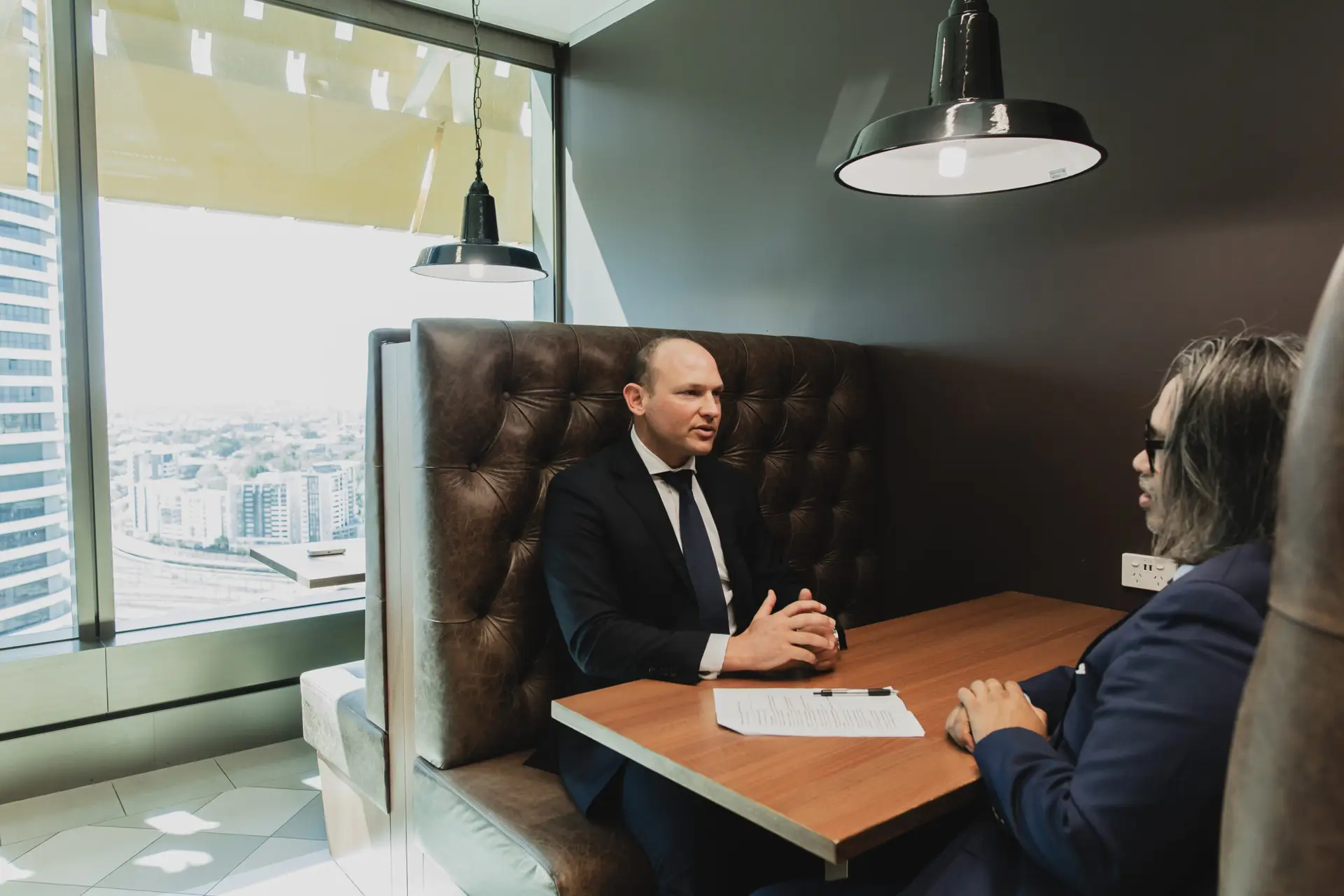A financial crisis doesn’t mean that you don’t have options. Your company may be heading towards insolvency, but to best deal with the situation you need to understand the alternatives available to you.
What is insolvency?
A business goes insolvent when it cannot pay its debts when they are due. In this situation, there are three main options:
- Voluntary administration
- Liquidation
- Receivership.
When you find your business is unable to pay its debts, the first step is to seek financial advice. Let’s look at each of the three options in more detail.
Voluntary administration
When a company goes into voluntary administration, it essentially means allowing an external administrator to take a look at the financial records of the company in the hopes of bringing it back to life.
The voluntary administrator investigates the history of the company and its past and present financial position. This is then reported to all creditors.
The aim of voluntary administration is to solve the company’s debt problem with as little impact as possible. If the company cannot be revived, the administrator must find the best solution for all creditors.
There are three possible outcomes to voluntary administration:
- If the administrator finds the company viable, control can be returned to the directors,
- A Deed of Company Arrangement is prepared by a solicitor within 15 days. This takes the form of:
→ A trade out, paying creditors in full or part,
→ Continual trading while seeking funding,
→ A buy out,
→ Realisation of assets, or
→ A combination of the above. - The company is put into liquidation.
During the administration process, directors of the business are obligated to help the administrator. They’re not allowed to use their powers and must provide all books and records to the administrator, as well as reports about the company, properties held, affairs, and all financial circumstances.
While some people look at voluntary administration unfavourably, generally speaking, the purpose of the exercise is to find the best solution possible for directors and creditors.
Liquidation
Liquidation is usually considered the last resort when a person finds their company in strife. When a company goes into liquidation – typically when it can’t pay its debts or the members want to wind it up – the assets are sold. The process involves winding up the financial affairs, breaking up the company’s structure, and then investigating what happened.
There are two main types of liquidation, voluntary and involuntary. Voluntary liquidation occurs when members or creditors decide by resolution to put the company into liquidation. The court orders involuntary liquidation.
Importantly, liquidation is the only way to wind up a company and fully terminate its existence, as it’s the only way to completely disband a company structure.
There are several reasons why liquidation may work for a company. These include:
- Assets are distributed equally amongst creditors,
- A dormant company can be deregistered,
- Companies that continue to trade despite being unable to pay off debts are a huge cost to the community, and
- It involves an independent investigation into the company and its shareholders, so it acts as a check and balance.
During the process of liquidation, control of assets, the business, and all financial affairs is handed over to the liquidator. Directors have no authority. All bank accounts are frozen and all employment can be terminated, although necessary employment may be rehired by the liquidator if it is believed that trading is in the best interest of creditors.
The overall winding up process in liquidation must be done as quickly and commercially as possible.
Receivership
Receivership occurs when a secured creditor appoints an external person to collect and sell the company’s assets. This ensures that the secured creditor obtains the debt that is owed to them. This process can happen at the same time that the company is in administration or liquidation. The difference with a receivership situation is that the receiver’s primary duty is to the secured creditor.
The receiver will sell any assets they are appointed over to obtain money for the secured creditor. In order to fully repay the debt owed to the creditor, the receiver is allowed to see the company’s business as well.
The receiver has no duty to report about the receivership to unsecured creditors, however they are obliged to sell charged property for no less than market value, or if there is no market value, for the best price.
When the receiver has collected and sold enough assets to repay the secured creditor, completed all duties relating to the receivership, and paid all liabilities, the receivership terminates. Unless the company is in administration, full control of the company returns to the directors.
What happens to the staff?
Due to the nature of the situation, and especially in the case of liquidation, there may not be enough money to pay your employees their entitlements. Employees are able to gain help through the Fair Work Ombudsman and the Fair Entitlements Guarantee. Entitlements may include unpaid wages, annual leave, long service leave, and redundancy pay.
How do I find help?
If you feel that your business is in financial trouble and may be facing insolvency, you need the guidance and expertise to ensure you get what’s best for your company. At Boss Lawyers, we’ve worked on insolvency matters of all types, within several industries. Contact us today to see how we can help you.






